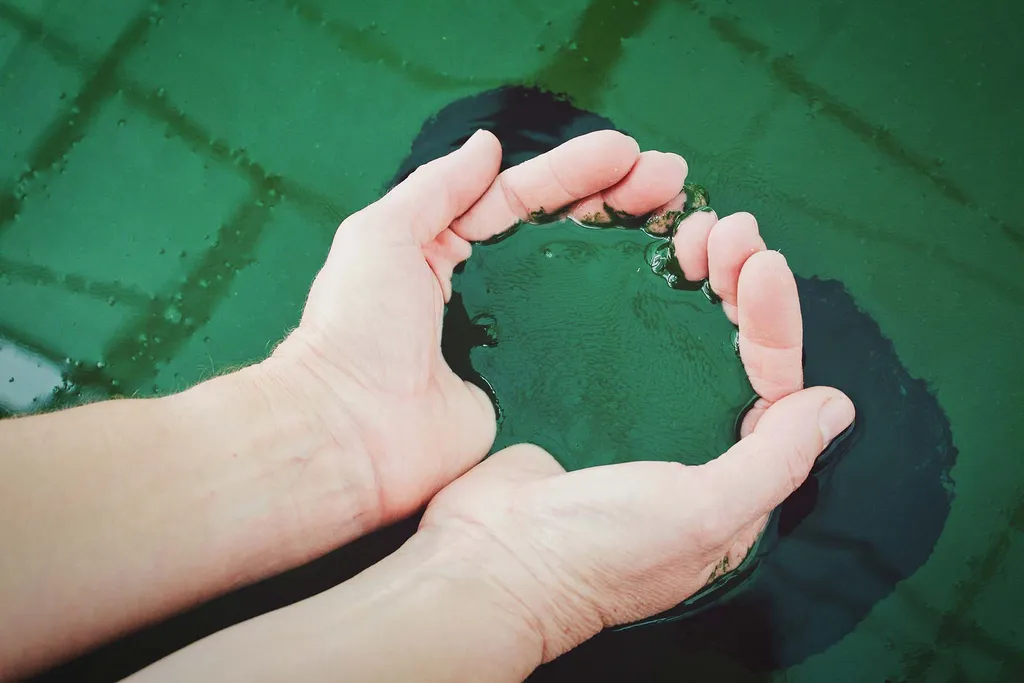In a groundbreaking study published in the journal *Green Carbon*, researchers have uncovered a promising method to tackle the environmental challenges posed by monoethanolamine (MEA), a widely used CO2 absorbent in industrial settings. The study, led by Zhiyong Liu from the State Key Laboratory of Engineering Biology for Low-Carbon Manufacturing at the Tianjin Institute of Industrial Biotechnology, Chinese Academy of Sciences, demonstrates how the microalgae Haematococcus pluvialis (H. pluvialis) can not only remove MEA but also valorize it into high-value products.
MEA is a critical component in carbon capture processes, enabling the biomanufacturing industry to utilize CO2 as a resource. However, its toxicity to biological systems and potential environmental pollution have been significant concerns. “The disposal or valorization of MEA is essential for sustainable green biomanufacturing,” Liu explains. “Our research shows that H. pluvialis can metabolize approximately half of the initial MEA, converting it into valuable compounds.”
The study revealed that H. pluvialis metabolizes MEA into acetyl-CoA, a key intermediate in cellular metabolism. This process is facilitated by a significant increase in the expression of genes involved in MEA utilization, marking a pivotal advancement in understanding MEA’s potential as a nutrient for microalgae. “The activation of these genes suggests that MEA can be a viable nutrient source for microalgae, opening new avenues for its valorization,” Liu adds.
Moreover, the exposure of H. pluvialis to MEA resulted in notable alterations in cellular components. The microalgae exhibited a 21.7% increase in lipid content and a 27.8% increase in carbohydrate content. Perhaps most significantly, there was a 1.49-fold increase in astaxanthin content, a high-value compound known for its antioxidant properties. The study also observed changes in cell morphology, further highlighting the impact of MEA on the microalgae.
The enhanced biosynthesis of carotenoids and fatty acids directly contributed to the elevated cellular astaxanthin levels. This finding offers valuable insights into the treatment of CO2 absorbents using microalgae while simultaneously producing high-value and healthy products. “This research not only addresses the environmental concerns related to MEA but also paves the way for sustainable solutions in green biomanufacturing,” Liu notes.
The implications of this research are far-reaching for the energy sector. By utilizing microalgae to remove and valorize MEA, industries can achieve more sustainable and eco-friendly processes. The production of high-value compounds like astaxanthin adds an economic incentive, making the technology more attractive for commercial adoption.
As the world continues to seek innovative solutions for carbon capture and utilization, this study provides a compelling example of how microalgae can play a crucial role. The findings offer a glimpse into a future where industrial processes are not only environmentally responsible but also economically viable. With further research and development, the valorization of MEA by microalgae could become a cornerstone of green biomanufacturing, shaping the future of the energy sector.

